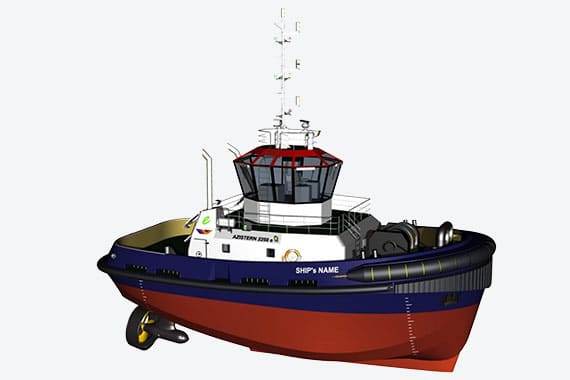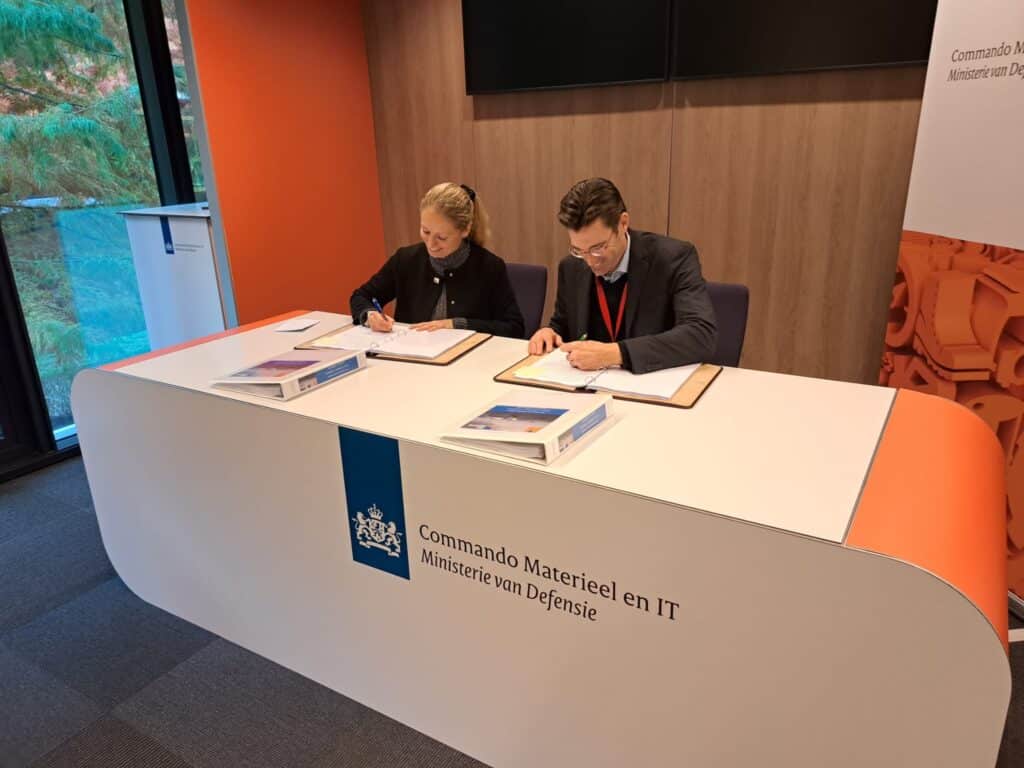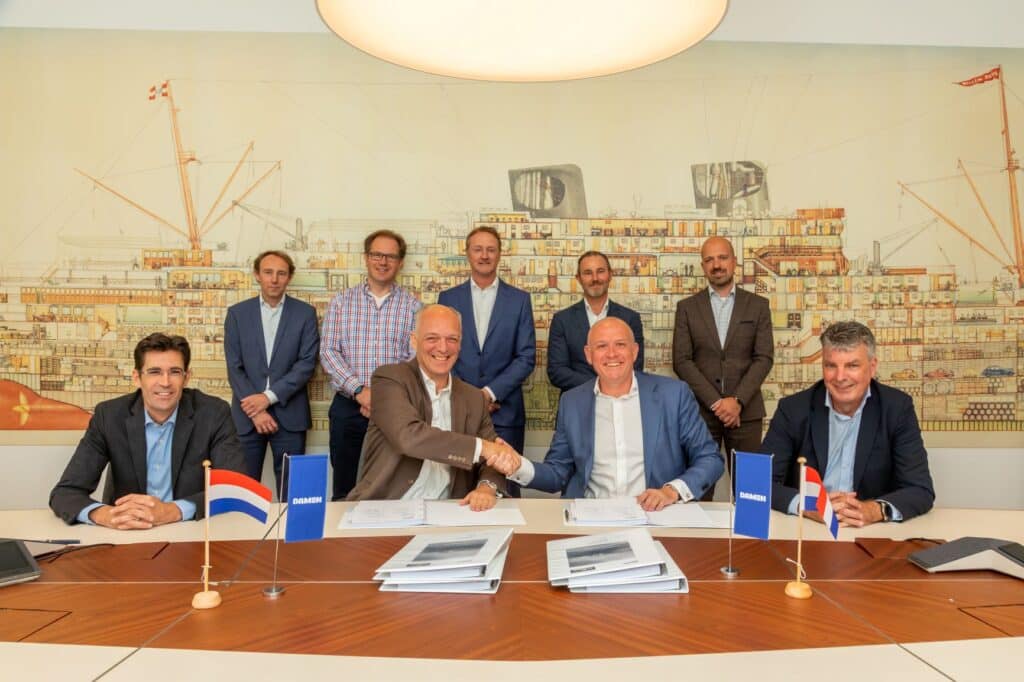The research phase considered the following design parameters of a tug:
• optimised hull designs,
• the operational profile of a harbour tug,
• scope for lower emissions and fossil fuel consumption,
• the propulsion/engine room layout, and
• the design layout, with a higher comfort level for the crew regarding noise and vibrations.
Based on their operational profile, tugs use full power for only two percent of their lifetime. All components and the hull are designed and optimised for that full use of bollard pull at zero speed. Most of the time – when assisting, for example – tugs are overpowered, and the engines suffer from inefficient fuel consumption. In addition, all engines have to be in continuous operation because power needs to be available at any time during operations.
In order to minimise fuel consumption, power demand has to be optimised to different configurations. Three different propulsion systems were compared:
• diesel direct (DD),
• diesel electric (DE), and
• diesel electric hybrid with battery technology (DE hybrid).
The conventional DD tug design has a layout that lacks flexibility for positioning primary engine room components. DE layout enables a better loading of the engines and gives more flexibility in the layout. Using battery technology also opens up the possibility of reducing the size of the gen sets and making use of shore power.
Hybrid Energy Management Design
In order to fully benefit from any hybrid power and propulsion system, it is essential to make sure that the system is designed for use, and that in operation, the system is used as designed. Therefore, the system should be designed from an operational perspective in which the tug and crew play an equally important part.
In the design of the power and propulsion system, the typical operational profile of a harbour tug was used as starting point. This provided detailed information on power and energy requirements in which the tug operated. The data was collected by an onboard measurement campaign.



